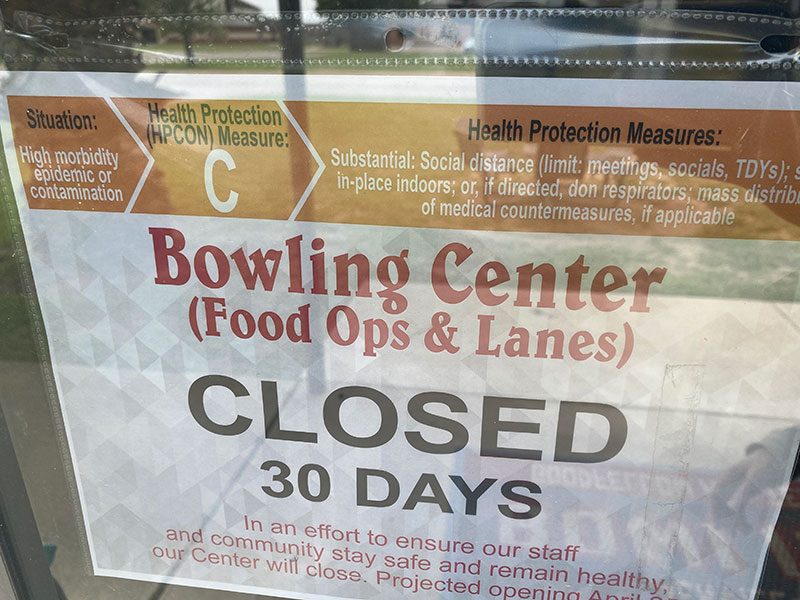
To weather the COVID-19 drought, small businesses need to expand credit now
Right now, every small business owner needs every dollar they can get their hands on. Whether you currently need money or not, it’s time to improve your credit score and increase your credit limits.
Let’s be realistic. COVID-19 didn’t magically disappear with warmer weather and infections are once again on the rise. Consumers won’t return to normal until they feel safe. That won’t be soon. It will take widespread use of a vaccine — which, even optimistically, won’t happen until sometime in 2021 — or widespread testing. Since the president opposes widespread testing, that means small businesses face many months —perhaps a year — before customers come back to pre-pandemic levels, and we may be facing a sustained recession.
To withstand this drought, you’ll need access to credit. And it’s likely that you’re more credit-worthy now than you might be in six months.
So, here’s what you can do:
Check your credit reports.
When you own a small business or are self-employed, your personal credit and your business credit are entwined. Once a year, by law, you’re entitled to a free credit report from all three major credit agencies. Now, during the coronavirus pandemic, they’re providing free reports weekly through April 2021. Here’s where you go to get the one official free credit report: www.AnnualCreditReport.com.
Clean up your credit.
Once you have your hands on your full credit report, review it carefully. Take steps to challenge or clean up any mistaken information. Even small mistakes can cost you in higher interest rates or cause you to be turned down for credit. Years ago, the bad credit of another “Rhonda Abrams”—with a completely different social security number and address—ended up on my credit report. It took a while to get that off my record, so check this soon!
Get — or increase — a line of credit.
The most traditional form of business credit is a LOC—or “line of credit”—from a bank or credit union. This is a set amount you can call on when you need it, using some or all of it, but generally needing to be paid back within 12 months. The interest rate is typically a few points above prime—making it a fairly reasonable rate. Talk to your business banker to set up a LOC or increase the amount available, so you’ll have credit available if you need.
Increase your credit limits.
It’s probably been a while since the credit limits were set on your credit cards. Pick up the phone and talk to your credit card issuer and see if they can increase your limits.
Use credit cards carefully.
Just because you have higher credit card limits doesn’t mean you should use it all. Credit cards are one of the most expensive ways to carry debt. So try to use credit cards only for debts you can pay off within the month.
Ask your vendors to work with you.
Don’t overlook your vendors when it comes to getting credit. They want — need — you to stay in business. Of course, they may be hurting right now, especially if they’re also a small business, but open up communication with them to see if you can negotiate better, longer, payment terms.
Watch out for ‘fintech’ companies.
Recognizing the large number of small businesses that need money, online financing companies jumped in to fill this need. These so-called “fintech” lenders use different ways to assess a company’s credit-worthiness than traditional bankers, such as accessing your QuickBooks accounts or checking your social media engagement. They’ll act fast; you’ll get approved or denied within hours, sometimes minutes. But beware! You’re likely to pay sky-high interest rates (that won’t be apparent to you) and lenders pile on fees (often hidden from you). Rely on traditional sources and beware of these ‘innovative’ sharks.
Get government help.
There’s still money left in government lending programs, including PPP (Paycheck Protection Program) and the EIDL (Economic Injury Disaster Loan). The PPP application deadline has been extended until August 8 and there’s plenty of money in the program (though finding a lender may be a bit of a challenge). PPP money may be forgiven, but even if it isn’t, the interest rate is only 1% and EIDL’s interest rate is 3.75%, making these relatively inexpensive loans.
Source: USA Today

